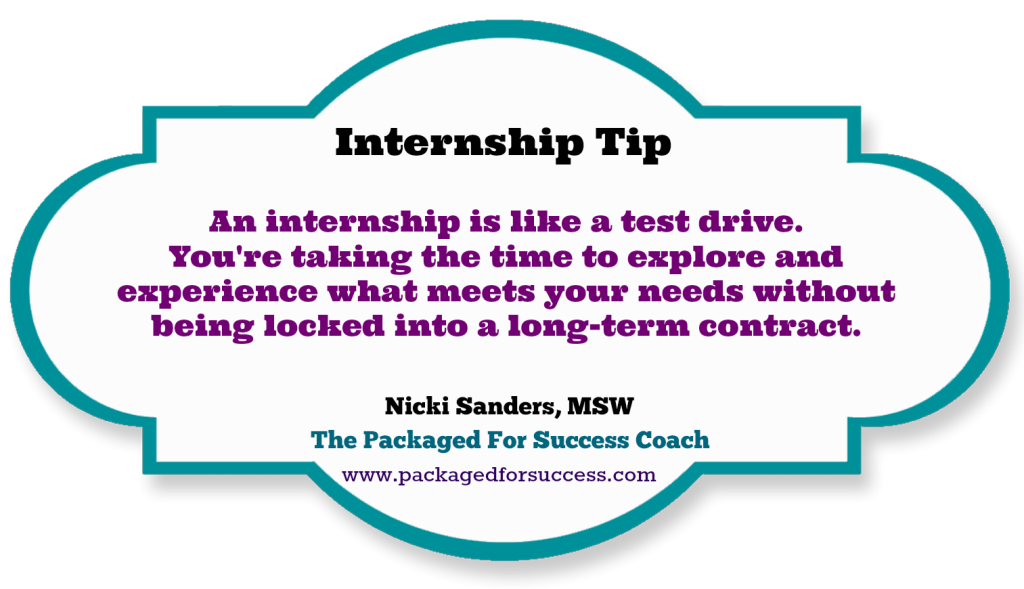9 Lessons Explorers Can Teach You From Their Impossible Expeditions
By Adam Toren
The most successful explorers in the world have one thing in common: They aren’t afraid of failure. The fear of failure can easily overpower your ability to take action and secure opportunities. Here, 10 different explorers — both modern and historic — teach you important lessons from their incredible expeditions.
1. Don’t take the parachute for granted.
Wingsuit pioneer and British stuntman Gary Connery landed safely after jumping from a helicopter without a parachute. Currently in his mid-40, Gary has stood in for many action films including James Bond, Indiana Jones, Harry Potter and Batman.
In 2012, he plummeted from 2,400 feet wearing a wingsuit before landing on a landing strip 100 volunteers “made out of 18,600 cardboard boxes stacked 12 feet high.” Gary didn’t shed his ‘chute on his first jump — he’s also skydived 900 times and base jumped 450 times.
Whether you’re growing your small business or launching a new startup, most new business ventures face a significant amount of risk with little to no safety net. Harness your resources and build your own landing strip to catch yourself when you fall.
2. Don’t hold out for ‘better’ opportunities.
The first woman to fly solo nonstop across the Atlantic Ocean didn’t stumble upon the opportunity by mere luck. Amelia Earhart had to fight for her dream. In 1927, Earhart received a phone call asking her to fly across the Atlantic. However, she would only be a passenger along for the perilous ride with two other male pilots.
Though the opportunity posed great risk and was mildly insulting, Amelia agreed. The success of that flight paved the way for Amelia’s career in aviation. In 1932, she carved her name in the history books by successfully completing a 14 hour transatlantic solo flight from Newfoundland to Ireland.
Take advantage of opportunities even when the conditions aren’t optimal. Savvy entrepreneurs understand that it takes a little elbow grease to achieve success.
3. Work effectively under pressure.
There’s nothing riskier than riding on top of a Saturn V rocket with “enough chemical energy to be the equivalent of a small atomic bomb” — not to mention the threat of being sucked into the vacuum of space.
In 1969, at a great risk of peril, Neil Armstrong became the first person to walk on the moon. The NASA astronaut understood that his mission was bigger than one man and diligently rose to the challenge, evident in his iconic quote, “One small step for man; one giant leap for mankind.”
Focus on the job at hand and look at the bigger picture. Push through the pressure to bring yourself closer to accomplishing your goals.
4. Don’t let barriers cloud your vision.
In 2001, Erik Weilhenmayer became the first blind person to climb the summit of Mount Everest — but his accomplishments only began there. He scaled each continent’s tallest peak (known as the Seven Summits), kayaked 277 miles on the Colorado River and through the Grand Canyon and finished in second place in ABC’s Expedition Impossible race through the mountains and deserts of Morocco.
In addition to authoring numerous books, Erik co-founded No Barriers USA to empower people with special challenges to find inner purpose and accomplish their goals.
The way you perceive challenges affects your ability to conquer them. The most successful entrepreneurs overcome even the tallest barriers.
5. Market yourself to anyone listening.
In the early 19th century, Ludwig van Beethoven had to not only be a skilled composer, but an effective entrepreneur as well. As Vienna didn’t have a concert hall at the time, Beethoven would host small performances in theaters, ballrooms and restaurants. By 1801, Beethoven’s deafness caused him to lose 60 percent of his hearing. Beethoven continued to compose some of his most iconic symphonies despite the challenges posed by the decline of his senses.
In 1808, Beethoven hired the Theater an der Wein to present samples of his large-scale pieces and market his upcoming concert to potential customers. He later premiered several of his most famous pieces, including his 5th Symphony, during his famous four-hour concert in Vienna.
Create a marketing strategy based on your current conditions, and seek new customers. Identify interested markets and target those specific niches.
Read the entire list on Entrepreneur.com
